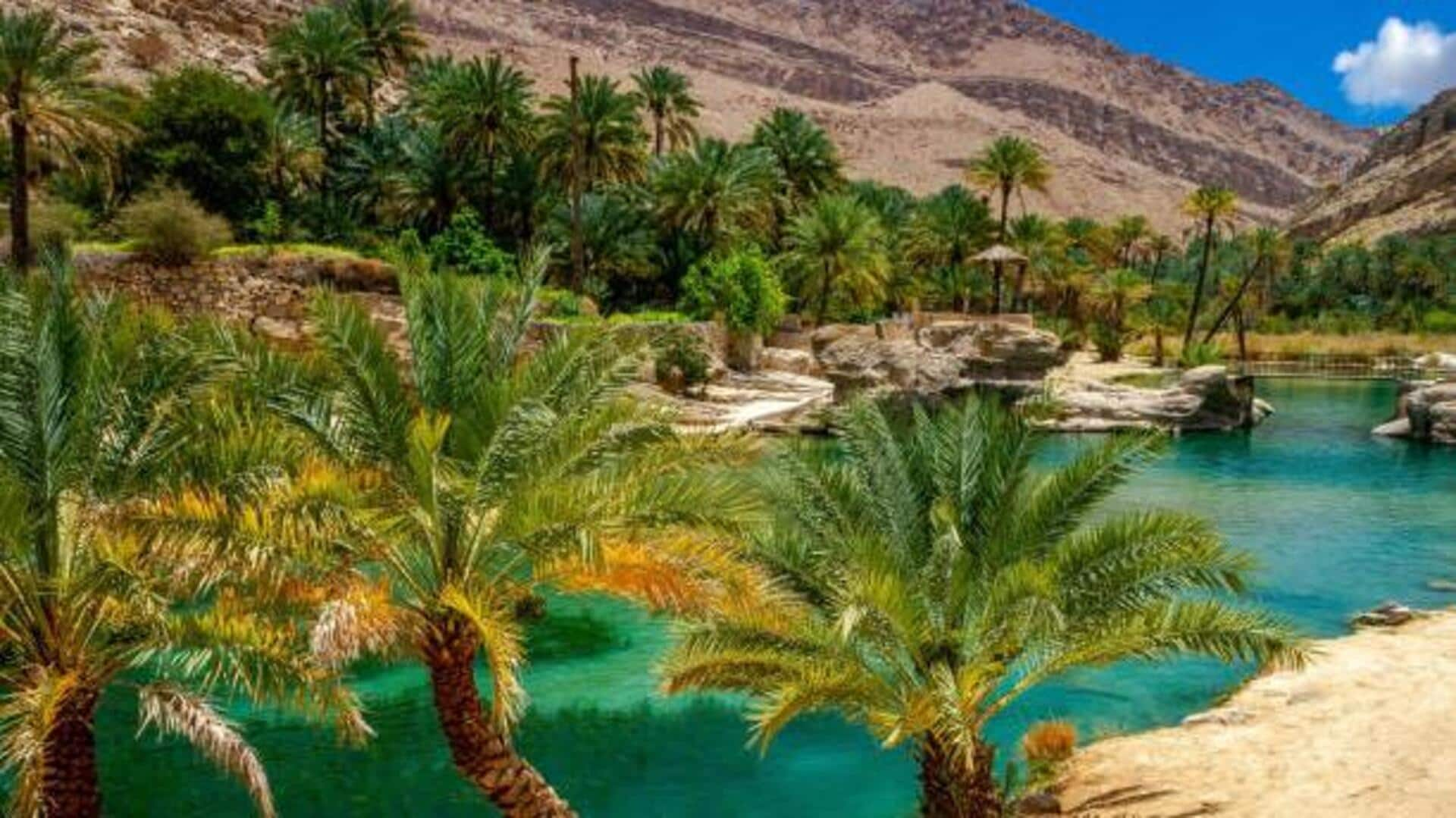
Saudi Arabia's hidden gems: Stunning desert oases
What's the story
Saudi Arabia's desert oases provide the perfect hiking experience, combining natural beauty with cultural history. These hidden gems allow you to traverse lush landscapes in an otherwise dry land. From diverse ecosystems to ancient trade routes, the trek through these oases is bound to be a fascinating experience for nature lovers and history enthusiasts alike. Here's a look at some of Saudi Arabia's most beautiful oases.
Al-Ahsa
Al-Ahsa Oasis: A UNESCO World Heritage Site
Al-Ahsa Oasis, one of the world's largest, is a UNESCO World Heritage site. It features more than 2.5 million palm trees and multiple springs that keep it verdant. Tourists can visit its sprawling date farms and other historical places, such as the ancient mosques and forts. The oasis stands as a testament to human ingenuity in utilizing water resources in severe desert conditions.
Wadi Hanifa
Wadi Hanifa: A natural escape near Riyadh
Wadi Hanifa is an ideal escape just outside Riyadh, with flowing streams and green cover. The valley spans over 120 kilometers, so you can enjoy an entire day hiking and picnicking in the lap of nature. From restoring its natural ecosystem, the valley has become an ideal spot for birdwatching and enjoying the peace away from the city.
Al-Ula
Al-Ula: A blend of history and nature
Al-Ula is famous for its dramatic rock formations and archaeological importance. The oasis is bordered by towering sandstone cliffs that provide stunning views for hikers to enjoy. Ancient inscriptions are etched into rocks across the area, giving glimpses of past civilizations that thrived here. Exploring Al-Ula offers both scenic beauty and historical intrigue.
Jubbah
Jubbah Oasis: Rock art wonders
Jubbah Oasis is famous for its ancient rock art, giving a peek into early human life. The petroglyphs depict the cultures of those who lived here much before modern development took place. Though travelers often tend to overlook them, witnessing these sights in person gives a one-of-a-kind insight into the region's history. It highlights the need for safety and adaptability during visits.